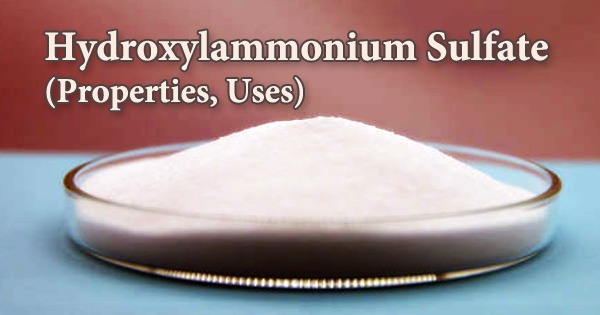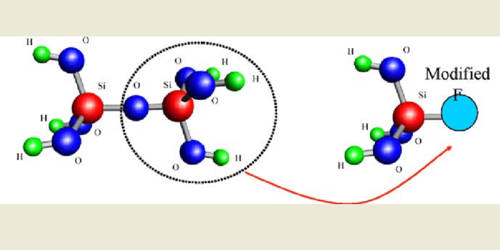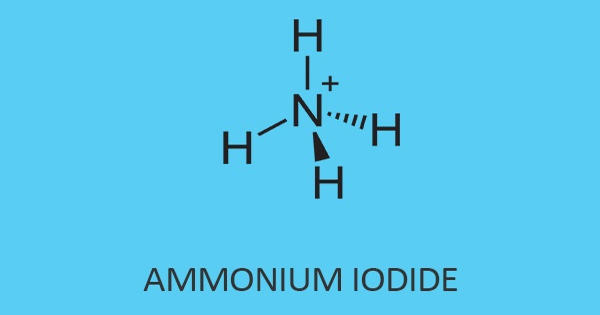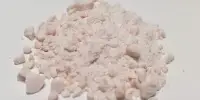Colorless crystals of hydroxylammonium sulfate (NH3OH)2SO4, or HS, are soluble in water and only slightly soluble in alcohol. On the skin, the solution has a corrosive effect. It is the sulfuric acid salt of hydroxylamine; it is mainly used as a less volatile form of hydroxylamine when pure. It’s used as a reducing agent, photographic producer, purification agent for aldehydes and ketones, chemical synthesis, textile chemical, fatty acid oxidation inhibitor, catalyst, in biological and biochemical science, to make oximes for paints and varnishes, and for rustproofing.
It will undergo exothermic decomposition at high temperatures (140 °C) and may burst. Metals are corroded by it, so keep it away from heavy oxidizing agents. In the event of an explosion or fire, additional hazardous decomposition products such as sulphur oxides, ammonia, and nitrogen oxides can form. The acid-base reaction of hydroxylamine with sulfuric acid yields hydroxylammonium sulfate.:
2NH2OH(aq) + H2SO4(aq) → (NH3OH)2SO4(aq)
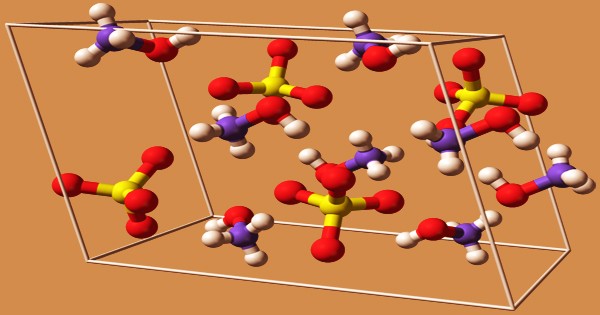
Mix stoichiometric amounts of hydroxylamine and sulfuric acid to make hydroxylamine sulfate. It can also be made by electrolytically reducing an aqueous ammonium sulfate solution. Sulfur trioxide, nitrous oxide, water, and ammonia are formed when hydroxylammonium sulfate is heated to 120oC:
2(NH3OH)2SO4 → 2SO3 + N2O + 2NH3 + 5H2O
In vitro experiments have found this drug to be genotoxic, but intact animal studies have not. It is thought to have no or limited genotoxic potential. Hydroxylammonium sulfate is used as a reducing agent in photography, as a catalyst, swelling agent, and copolymerization inhibitor in polymerization processes, in chemical synthesis, as a textile chemical, as an oxidation inhibitor, in the manufacture of oximes for paints and varnishes, in rustproofing, and in the unhairing of hides; in biological and biochemical research; as a purification agent for aldehydes and ketones; converts aldehydes and ketones to oximes and acid chlorides to hydroxamic acids.
The capacity of hydroxylamine sulfate solution to cause cancer in humans has not been studied. It is toxic both when ingested and when absorbed through the skin. Repeated exposure can damage red blood cells and impair the blood’s ability to transport oxygen. It has the ability to cause allergic skin reactions as well as serious eye irritation. Aldehydes and ketones are converted to oximes with hydroxylammonium sulfate, carboxylic acids and their derivatives (e.g., esters) to hydroxamic acids with hydroxylammonium sulfate, isocyanates to N-hydroxyureas with hydroxylammonium sulfate, and nitriles to amidoximes with hydroxylammonium sulfate.
From oleum or chlorosulfuric acid, hydroxylamine sulfate is used to make hydroxylamine-O-sulfonic acid. Aquatic life is contaminated by it. There is almost no risk of bioaccumulation because hydroxylamine sulfate released into the atmosphere easily converts to hydroxylamine and other breakdown products. The decomposition of hydroxylammonium sulfate is catalyzed by metals (especially copper, its alloys, and salts). The hydroxylammonium ion’s weak nitrogen to oxygen single bond is the key cause of this compound’s instability.
Information Sources:
